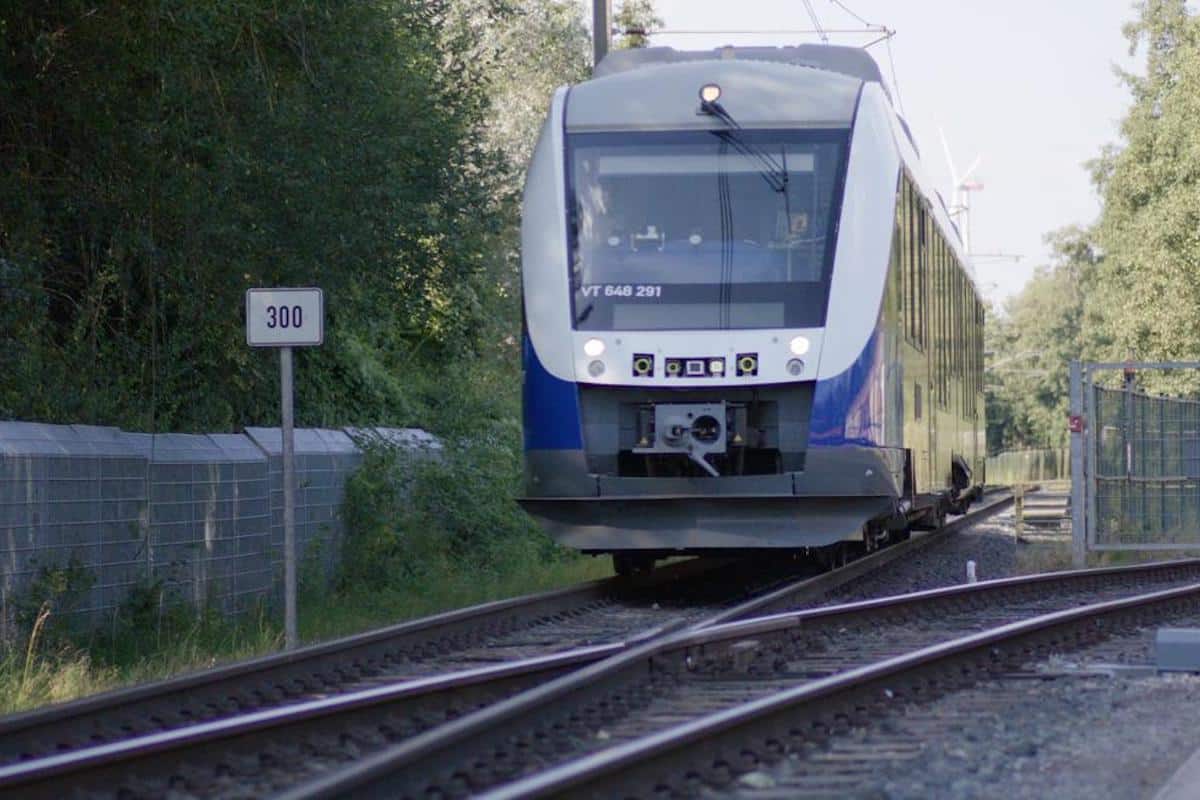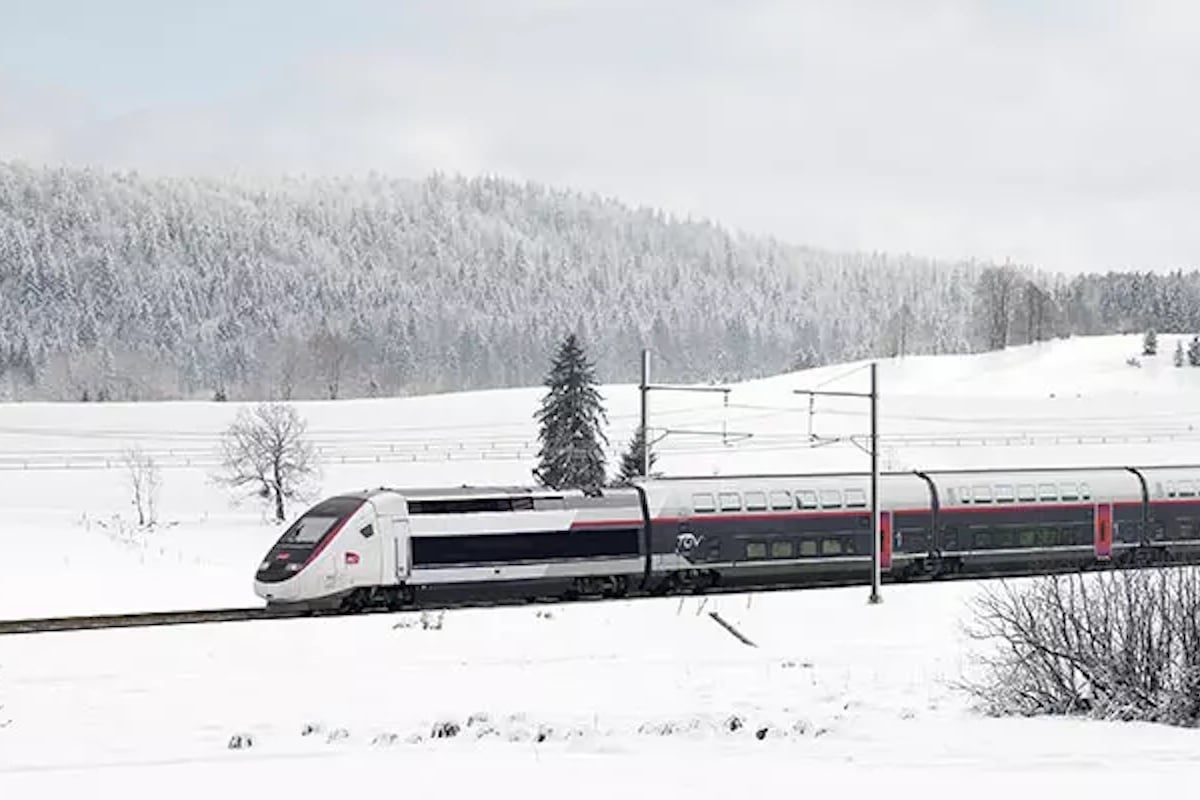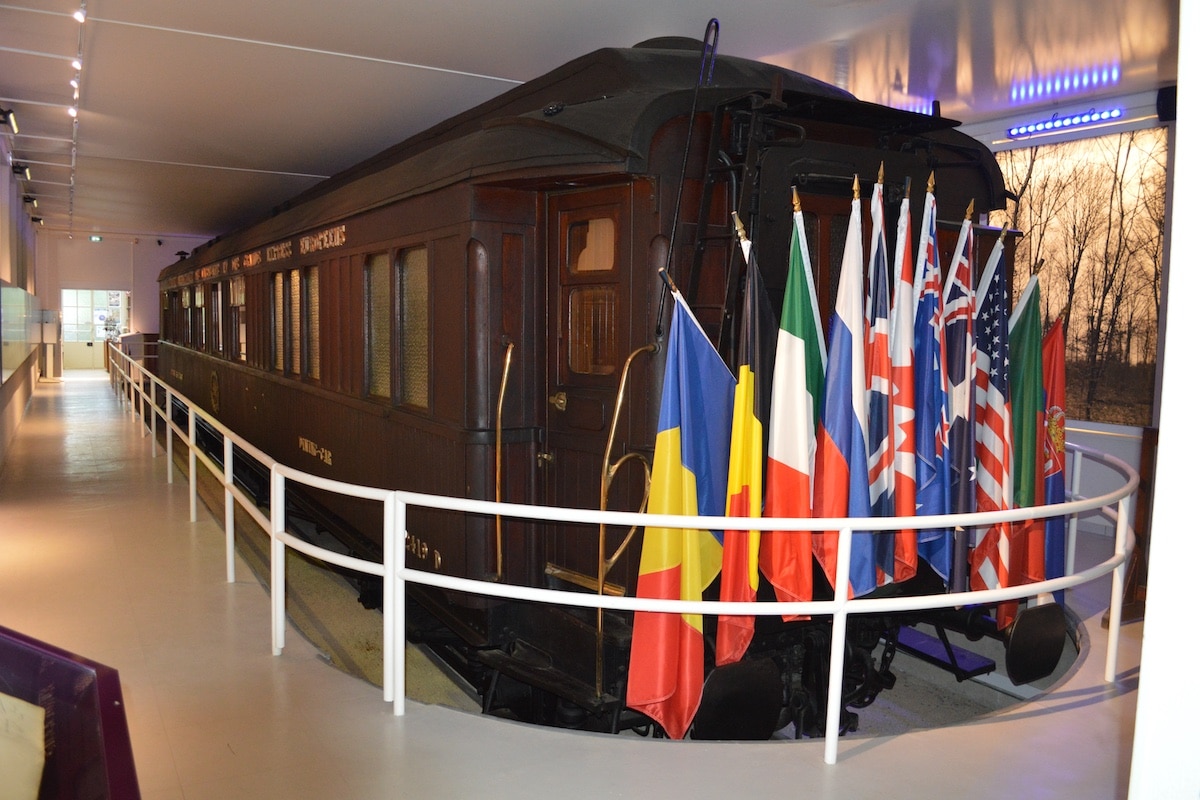Alstom Aims to Automate Regional Train Lines

Between traffic improvement and decreased operating costs, there are plenty of arguments for automating train lines.
The train signals are multiplying, and what once seemed like semi-science fiction in a previous article about the Japanese Shinkansen is now very much a reality in Europe. Railway automation is a revolution that is underway. Today, the group Alstom presents its ARTE project, for Autonomous Regional Train Evolution. It aims to automate regional trains using the European Train Control System (ETCS), a technology that could revolutionize existing railway lines without needing extensive infrastructure work. However, while automation offers promising advantages, it also raises questions about safety and the impact on jobs.
The promises of automating train lines
Autonomous trains are no longer the stuff of science fiction but are becoming a tangible reality thanks to advances in artificial intelligence, sensors, and connectivity technologies. Among the main advantages, efficiency is undoubtedly at the top of the list. Unlike traditional trains, these trains will be able to operate continuously, 24 hours a day, thus reducing downtime and improving service regularity. In short, they are like subways, but in the countryside.
In terms of safety, automation could reduce the risks associated with human errors. Autonomous trains are designed to continuously monitor their environment and respond instantly to obstacles, thereby ensuring enhanced safety. This technology could transform how we perceive public transport, not only in terms of efficiency but also safety.
Are jobs threatened?
Despite its numerous advantages, the automation of train lines raises several questions, particularly regarding safety. While technologies like autonomous driving systems or remote guidance (RTO) reduce human risks, the development of robust and reliable solutions is still ongoing. During the ARTE project trials, a successful demonstration of remote control of trains was carried out, showing how operators can manually regain control if needed. However, concerns remain about the systems’ ability to react to complex situations, such as extreme weather conditions or unforeseen incidents on the tracks.
Furthermore, the impact on jobs is another important question. While automation promises to enhance the efficiency of railway networks, it could also lead to job reductions. The German Aerospace Center, involved in the ARTE project, is studying these issues and exploring new roles for employees, particularly in monitoring and remotely managing operations. However, it remains to be seen how this transition will be accepted by unions and workers in the sector.
In France, SNCF employs around 20,000 train drivers. Between salaries, social contributions, leave, sick leave, etc., it is well known that the cost of labor will always be higher than that of automation. Unfortunately, this is the way of the future, and nothing can stop it. This could also address the growing difficulty in finding driver profiles in our aging societies.
Japan, with a head start, is thinking intensively about this issue. It is proof that the equation is complex and not solely European. Additionally, one must also come to terms with the idea that we shouldn’t expect to wait until 2030 to see the first driverless trains on the tracks. In China, the project for a train capable of operating at 1000 km/h will definitely not be left in the hands of a human brain…
READ ALSO: Co-aviation, a rapid and inexpensive transport idea?
This page is translated from the original post "Alstom veut automatiser les lignes de train régionales" in French.
We also suggestthese articles:
Also read






